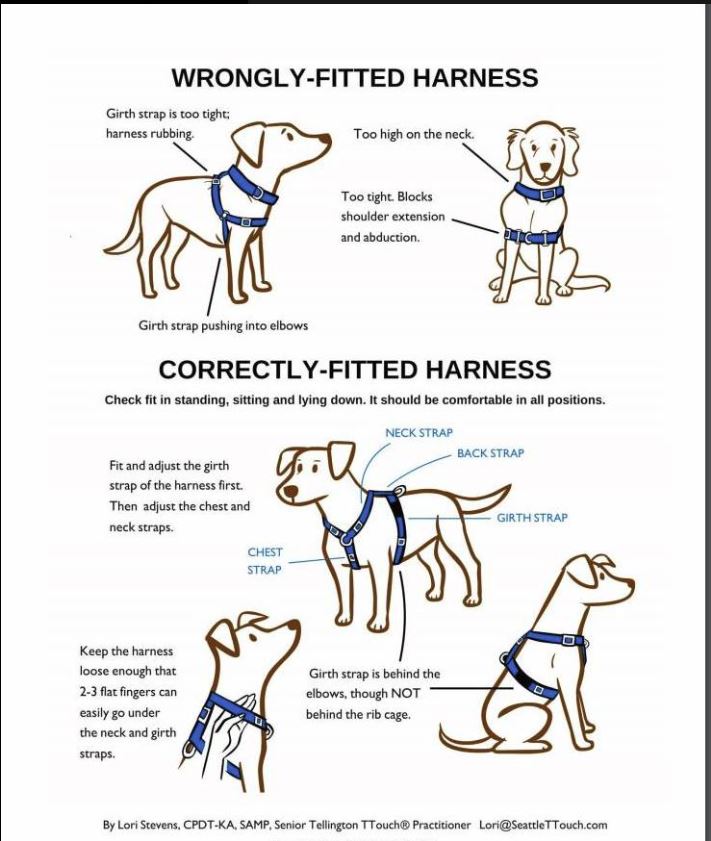Agree with @elbrant and I'd like to add, when you return be very matter of fact, do not make a big fuss, particularly if she is excited and effusive in her greeting to you. Sure, acknowledge her if you must but don't make any sort of big deal out of it. Go about your business, e.g. if you've been shopping, put your things away before spending any time with her. Your goal is to make your absence just part of a normal routine, nothing to be excited about. I've had two separation anxiety dogs, and you know you have won the battle when the dog just glances at you in an "oh, you're back" way and doesn't bother getting off the couch! Yes, people like it when their dog greets them and makes a big fuss, but if you feed that behaviour you give too much emphasis to your absence and that can grow into anxiety in your dog.
Learning not to pull
-
Someone wise once said it isn't the SIZE of the treat, it's the ceremony. Make the treat tiny, and cut back on his meals to help compensate.
There are times when harnesses are critical, sleds, weight pulling etc, plus dogs with glaucoma, neck injuries, etc. But my short personal opinion--- teach loose leash walking first. Then use a harness.

-
I like wide martingale collars. They can't back out of them and the collar gives you more control without risking damage to the neck if they do pull. Look for Whippet or Greyhound collars. The one I used is three inches wide and tapers to the back. But bottom line, the reason dogs pull is that it is rewarding to them......they get closer to whatever is attracting them. So stopping until the leash is slack will work (if you have patience), changing direction every time the leash tightens will work, targetting will work. Many roads lead to Rome. You can experiment and find out what works best for you, but it isn't good to let the dog reinforce the habit, which is what makes it difficult to sort this problem out when you also need to give him exercise! One solution is to give him exercise with one harness or collar and practice your loose leash walking with another, until he "gets it".
IMO, retractable leads teach the dog to pull. They are also dangerous. Ask a vet. They treat many "hit by car" injuries suffered by dogs that were on a retractable when the owner didn't react quickly enough. There is also the potential for injury when the dog wraps the leash around a person or another dog. And in many places they are illegal, i.e. the leash laws specify 6 foot maximum leash length.